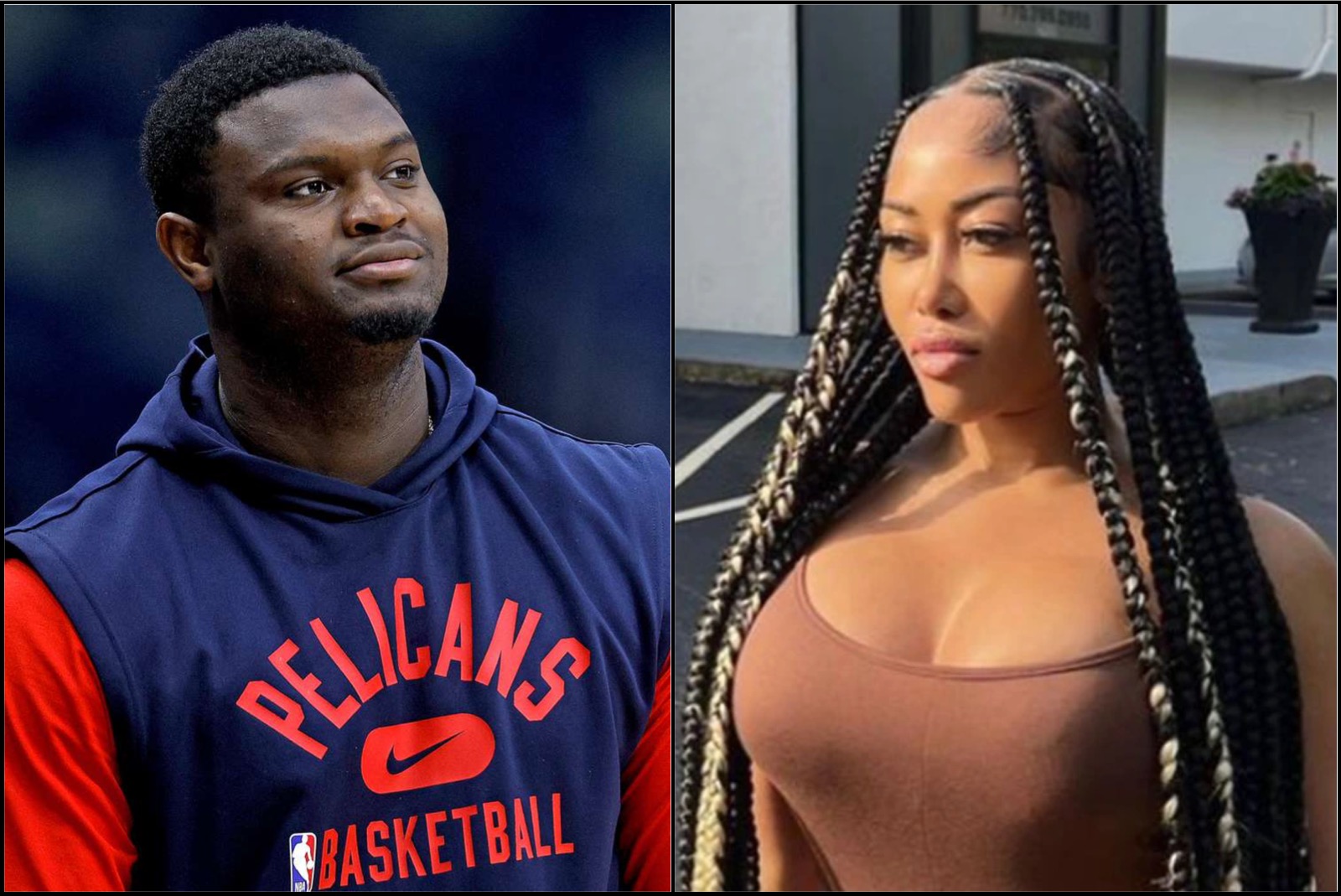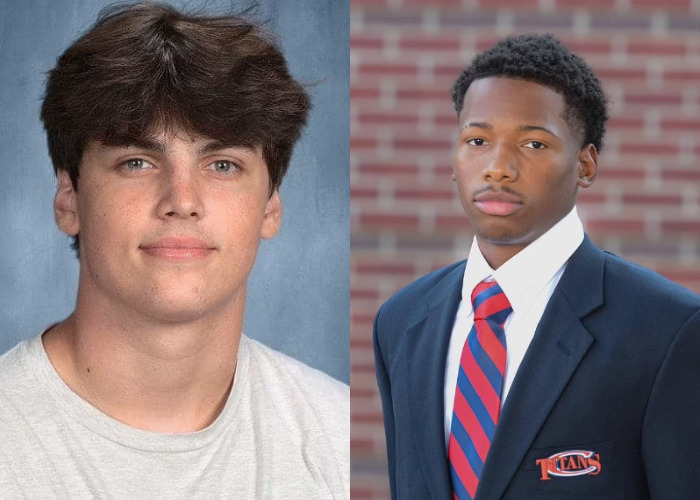Robert Littal on How Groupie Culture Has Changed in The NBA From 1990s to Now
Groupie culture in the NBA has undergone significant changes over the decades, particularly when comparing the 1990s to today. This evolution was recently discussed by Robert Littal on X, in the context of Zion Williamson’s stalker story involving Ahkeema Love. Let’s explore how this culture has transformed and how athletes react to these changes. Groupie […] The post Robert Littal on How Groupie Culture Has Changed in The NBA From 1990s to Now appeared first on BlackSportsOnline.

Groupie culture in the NBA has undergone significant changes over the decades, particularly when comparing the 1990s to today. This evolution was recently discussed by Robert Littal on X, in the context of Zion Williamson’s stalker story involving Ahkeema Love. Let’s explore how this culture has transformed and how athletes react to these changes.
Groupie Culture in the 1990s
In the 1990s, groupies often had to physically go to hotels or arenas to meet NBA players. An article by E. Jean Carroll in Esquire from 1992, “Love in the Time of Magic,” provides insight into this era. Groupies frequented specific locations like the Columbia Bar and Grill and R & B Live club in Los Angeles, often working as dancers or in other roles. There was a sense of community and competition among them, with some introducing others to players. Security and respected figures, like a “triple OG,” could vet these interactions, offering a layer of control.
Modern Changes with Social Media
Today, social media platforms like Instagram and X have revolutionized groupie culture. Direct messaging allows groupies to contact players directly, removing the need for physical presence. This ease of access can lead to more frequent and less vetted interactions, potentially resulting in complicated personal lives for athletes, as noted in Littal’s X post: “Back in the 90s the groupies had to show up at the hotel if they wanted some action and the security could vet them a bit better or maybe a triple OG would vouch for them. Now it is just a 4am ‘sup’ DM, and next thing you know, they got 3 kids from 3 different iG Models” (Robert Littal BSO).
Athlete Reactions and Safety Measures
NBA players have adapted to these changes by being more cautious. In a 2018 HOLDAT podcast episode, former players Carlos Boozer and Nate Robinson advised young athletes on managing groupies. They emphasized safety measures like using protection, being wary of theft, and avoiding situations that could lead to false accusations. Robinson specifically warned against going to a groupie’s house, suggesting public meetings for safety, and highlighted social media risks, such as photos being posted online if the interaction goes sour, impacting reputation.
The Zion Williamson Case
The recent incident involving Zion Williamson and Ahkeema Love exemplifies modern groupie culture’s complexities. Love, the mother of Williamson’s child, was arrested for stalking and allegedly attacking another woman linked to Williamson at his home. Reports detail threats on social media and physical altercations, with Love facing charges like home invasion and aggravated battery (Accused stalker romantically linked to NBA star Zion Williamson assaults rival at his home in violent scene: cops). This situation suggests how direct and unvetted interactions via social media can lead to legal and emotional entanglements for athletes.
The post Robert Littal on How Groupie Culture Has Changed in The NBA From 1990s to Now appeared first on BlackSportsOnline.

 UnmutedSports
UnmutedSports 










